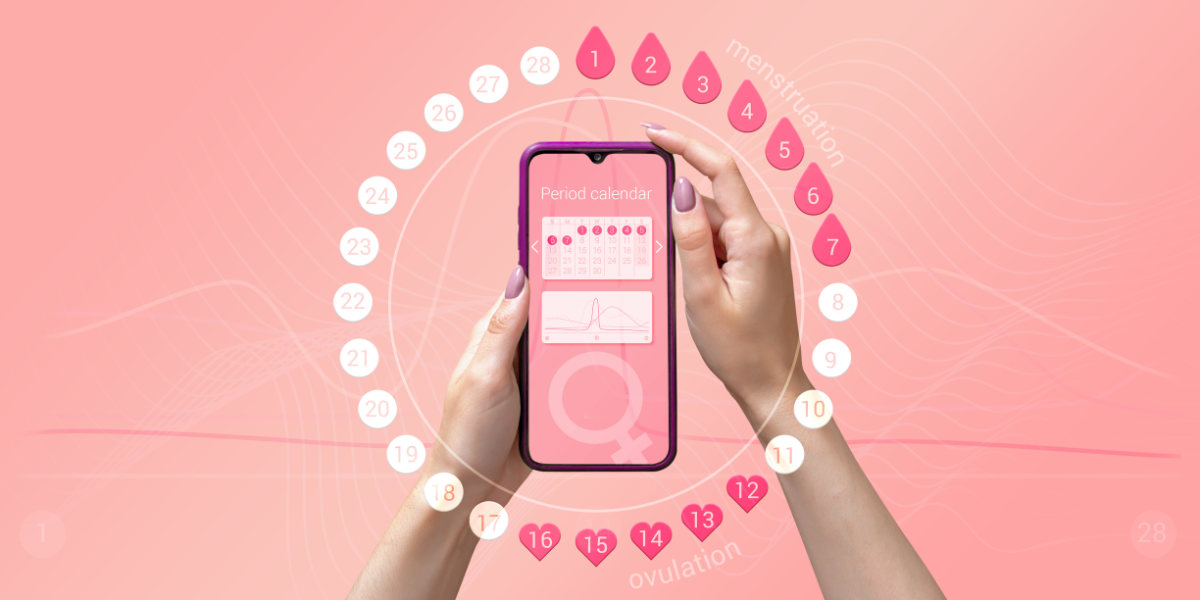Does increased use of fertility awareness methods (FAMs) among women lead to more women seeking abortions? That’s the sensational conclusion suggested by many sources in response to a January 2025 study published in the British medical journal BMJ Sexual & Reproductive Health.
The opening line of a HealthDay News article on the study, republished by U.S. News and World Report, spelled out “Relying on natural and fertility awareness methods to prevent pregnancy might be linked to an increase in abortions, a new study suggests.” A BBC headline read, “Women seeking abortions after using ‘natural’ contraception.” A Drugs.com headline read, “More abortions tied to natural family planning or fertility awareness methods.”
But the facts on the possible impact of increased fertility awareness method use on abortion rates — based on abortion provider British Pregnancy Advisory Service’s (BPAS) own data — are far less attention-grabbing.
Fertility awareness method users still represent a tiny fraction of UK women…
According to an October 2024 BPAS report, a July 2024 BPAS-commissioned survey of contraceptive users found that “1 in 20 respondents are using fertility awareness-based methods (FABM), including 4 per cent who are using FABM with a digital app, and 1 per cent who are using the rhythm method without an app.”
…including women seeking abortions
The 2025 BMJ study analyzed data collected by the BPAS between 2018 and 2023 on what contraception abortion-seekers were using at the time they conceived. In 2018, just 0.4% of respondents seeking an abortion through BPAS reported using a fertility awareness method at the time of contraception. By 2023, that number “jumped” to 2.5% of abortion-seeking women. During that same time, use of hormonal contraception — be it the pill, patch, etc. — decreased from 19% to 11%.
But what does that have to do with abortion rates?
During that same time period, the study authors noted, “statistics from Great Britain demonstrate a trend of increasing abortion rates across all ethnicities, levels of deprivation and age groups.”
The authors acknowledged that the reasons for the increase are “multifactorial,” but opined “one aspect that needs scrutiny is any change in contraceptive use and particularly this surge in the use of ehealth including fertility apps, period tracker apps and natural family planning apps. The possible relationship between these less effective methods of contraception and unplanned pregnancy requires further investigation.”
What the authors don’t seem to scrutinize enough is the potential impact of the UK government’s “pills by post” scheme, which began during the COVID-19 pandemic — a DIY, at-home, no-test abortion pill protocol allowing women to obtain abortion pills much more easily, “following a telephone or e-consultation with a clinician, without the need to first attend a hospital or clinic.”
Fertility awareness methods: “Less effective methods of contraception?”
The BMJ study and various news outlets noted the varying pregnancy prevention effectiveness rates of different methods of fertility awareness, and they are not wrong. ‘Fertility awareness methods’ is an umbrella term for a wide range of methods that can be used to avoid or achieve pregnancy by tracking a woman’s fertile signs.
The much-ballyhooed and admittedly less effective rhythm method was the precursor to modern, evidence-based FAMs, which track cervical mucus observations, basal body temperature, and urinary hormone levels, individually or in combination. The effectiveness of these newer FAMs is so much higher than that of the rhythm method that in 2019 the Centers for Disease Control and Prevention (CDC) updated its FAM effectiveness stat from 24% to a range — 2 to 23% — depending on the method. This means that the most effective forms of FAM are on par with the effectiveness of hormonal contraception.
Yet media outlets routinely lump all forms of FAM together, and even the BMJ study did not ascertain what type of FAM abortion-seeking women were using when they conceived.
It’s true that cycle tracking apps may not prevent pregnancy
The authors believe that the abortion-seeking women reported FAM use for contraception were largely using apps, though they acknowledge that this is speculation. But they are right in noting that many cycle tracking apps are just that — calendar-based (read: rhythm method-based) estimates of fertility that do not rely on women’s observable biomarkers of fertility, be they cervical mucus, basal body temperature, or urinary hormone levels.
But perhaps the hand-wringing over increased uptake of FAMs is unnecessary, since 70% of women seeking an abortion were not using any form of contraception at the time they conceived.
The real noteworthy lesson from the BMJ study on FAM use and abortions
Perhaps the most remarkable point from the BMJ study and the various media commentaries on it was the acknowledgment that women, particularly young women, are increasingly dissatisfied with hormonal birth control. The BMJ study noted, “Recent research has suggested a move away from hormonal methods of contraception due to a preference for more natural methods and in particular hesitancy around hormonal methods.”
The authors cited the COVID-19 pandemic as having reduced women’s access to “more effective forms of contraception,” but in its conclusions section admitted that the decreased use of hormonal birth control could also be “a result of preference.”
The Guardian speculated, “Wellness culture, suspicion around pharmaceutical companies and a distaste for ‘unnatural” options’ may be partly to blame….”
Sources like The Washington Post and the New York Times want to blame hormonal contraception hesitancy on social media-fueled misinformation, and commentaries on the BMJ study repeat the party line ad nauseam.
The reality is, many women don’t love the Pill
Still, The Guardian was more self-aware, acknowledging that many women have ‘been there, done that,’ and found hormonal birth control wanting.
“But while some may have fallen prey to conspiracy theories, others will have spent years diligently trying option after option – from the mini-pill, to the injection, implant, cap – waiting for the appointment, reading up on the pros and cons, looking for the right fit. With the implant finally yanked from my arm, I remember walking out into the rain, arm throbbing, Googling what I could try next. More than eight in 10 of BPAS’s respondents had switched methods at least once.”
They’re learning about (in some cases, experiencing) the connection between hormonal birth control and liver tumors, breast cancer, blood clots, insulin resistance, depression, strokes, brain tumors, low libido, and vision problems, among other issues. And increasingly, they’re saying, ‘no, thanks.’
Modern, evidence-based FAMs offer these women alternatives that prevent pregnancy (if desired) without putting their health at risk. That’s worth celebrating.
Tell President Trump, RFK, Jr., Elon, and Vivek:
Stop killing America’s future. Defund Planned Parenthood NOW!







